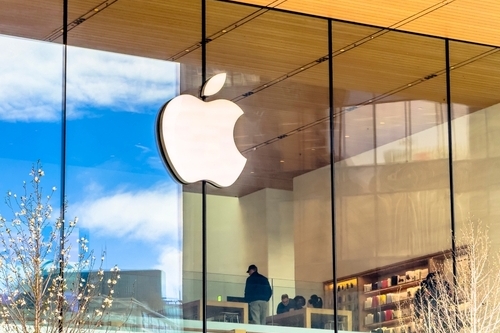CORRECTED-COLUMN-Amazon wins green praise for brown-bag packaging: Ross Kerber

By Ross Kerber
Aug 13 (Reuters) - Environmentalists cheered when Amazon's recent sustainability report showed a 16% decline in the company's shipments with single-use plastic, to 74,137 metric tons last year. That's significant, especially as many companies adjust to new priorities from U.S. President Donald Trump.
But activists also were puzzled. Amazon has resisted shareholder resolutions asking for reports on the topic, so why would it bring down the metric so much?
Pat Lindner, Amazon's VP of mechatronics* and sustainable packaging, says the main answer is simple: customers find paper easier to recycle.
"That's what's been driving use of plastics to use of paper-based packaging, because while plastic can be technically recycled, it's often an inconvenience" requiring a trip to a drop-off facility, Lindner told me in a recent interview.
Other advantages of paper include that it protects items better and can be easier to open, he said. "The number-one thing we have to deliver for customers is an item that's undamaged," he said. Amazon has also reduced use of plastic air pillows as protective padding inside cardboard boxes.
Monitoring social media feedback helps Amazon understand customer preferences, he said, analyzed with the help of artificial intelligence.
Lindner declined to discuss cost figures with me but acknowledged paper typically is heavier than plastic, which would add to shipping costs. It has invested in "right-sizing" the boxes it ships, reducing weight and transit expenses.
He also mentioned Amazon's "Ships in Product Packaging" program where it does not add material around vendors' own custom packaging, and new machines that do a better job wrapping products with paper.
I ran this all past Matthew Littlejohn, senior vice president of ocean conservation nonprofit Oceana. Littlejohn said he was pleased by Amazon's explanation although the company did not say it was motivated to save the planet.
"For us the good news is they're reducing plastic, and they're doing it because they think their business requires them to do so. That's fantastic news because it means they'll continue with it, as it's good news for their business," Littlejohn said.
PAPER RECYCLING > PLASTIC RECYCLING
Amazon's recycling strategy matters amid global efforts to cut plastic waste. U.N-backed talks in Geneva aim to produce a global treaty to cut plastic pollution, but opposition from the Trump administration and leaders of other nations has dimmed hopes for a diplomatic solution.
The American Forest & Paper Association says the 2023 U.S. recycling rate for paper was around 67%, and around 74% for cardboard. In contrast, only 5% of U.S. waste plastic was recycled in 2019, according to one widely cited report. Less than 2% of "film and flexible" plastic like that used by Amazon is recycled, according to trade group the Recycling Partnership.
Littlejohn cited a report last year by allied environmental groups that found little of the plastic packaging that customers dropped off made it to recycling centers.
Amazon says plastic still has a role such as for shipping food, and that it is working on improving plastic recycling.
But at least for now, Lindner said plastic has enough disadvantages that it makes sense to shift to paper where possible to create packages that ship undamaged, are easy to open, and easy to recycle.
"When you get those things right, it's a win for all of us," he said.
(* yes, the " mechatronics " term in Lindner's title is a real word, I looked it up.)





